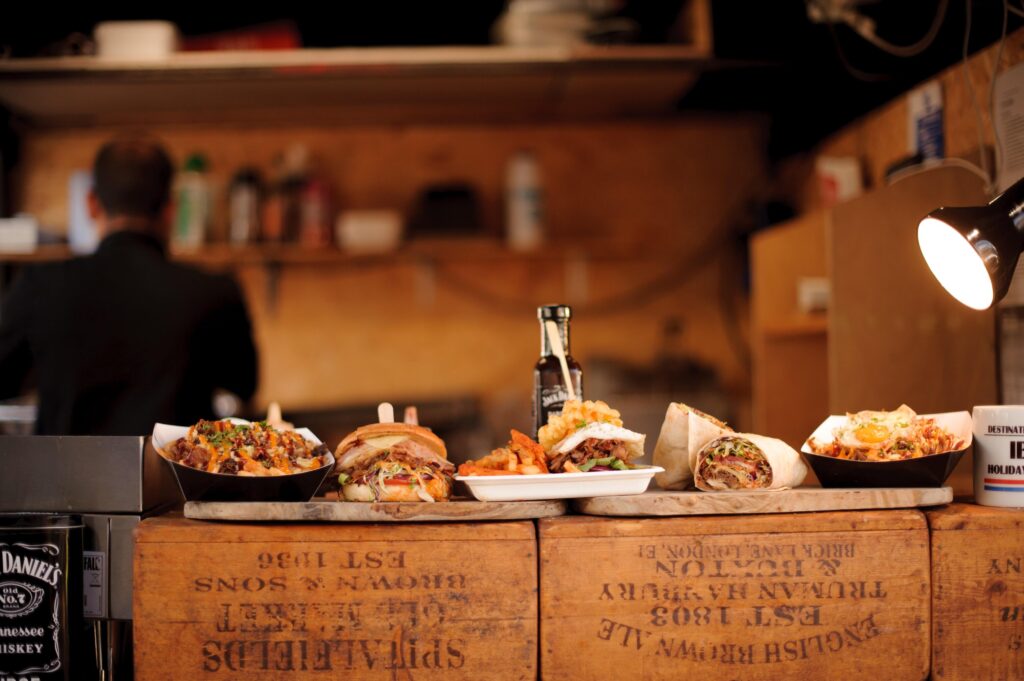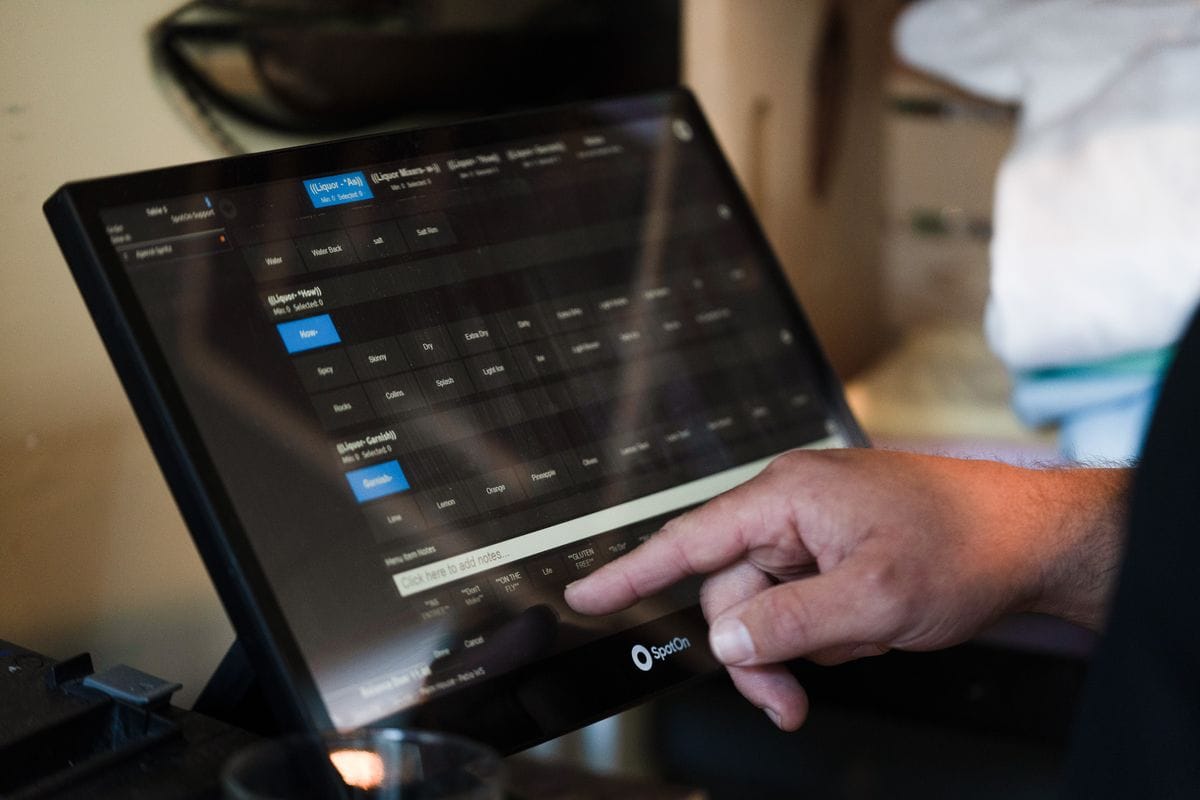How POS Helps Restaurants Identify Their Most Profitable Dishes

Running a successful restaurant isn’t just about serving delicious food—it’s also about understanding which dishes bring in the highest profits. Many restaurants create menus based on creativity, trends, or customer demand, but without tracking profitability, it becomes difficult to manage costs, optimize pricing, and increase revenue. This is where a modern POS (Point of Sale) system becomes a game-changing tool. Today’s POS platforms offer far more than billing—they provide deep insights that help restaurants pinpoint their most profitable dishes with precision.
Accurate Sales Tracking for Every Dish
A POS system records every order placed, giving restaurant owners access to detailed sales data. Instead of relying on guesswork or manual tracking, managers can see exactly how many units of each dish are sold over specific periods—daily, weekly, or monthly. This helps identify top performers, slow movers, and seasonal trends.
For example, if grilled chicken sandwiches consistently sell more on weekends or your pasta dishes peak during lunch hours, the POS captures all these patterns. These clear insights help restaurant owners understand which dishes are driving revenue and deserve more focus on the menu.
Cost Breakdown and Ingredient-Level Insights
Profitability isn’t just about sales volume—it’s about knowing how much each dish costs to prepare. Many modern POS systems integrate with inventory management tools to calculate the cost of ingredients used in each recipe. When a dish is sold, the system deducts the corresponding ingredients, allowing you to see the true cost of each order.
This helps restaurants compare dish revenue with real-time food costs to understand the profit margin of each item. For example, a dish that sells frequently but uses expensive ingredients may generate less profit than a moderately popular dish with a higher margin. These insights allow owners to adjust pricing, reduce waste, or negotiate better supplier deals.
Identifying High-Margin and Low-Margin Items
Once sales and cost data are combined, a POS system makes it easy to highlight dishes that deliver the best return. High-margin dishes might not always be the top sellers, while popular items may have surprisingly low margins. With POS-powered reports, restaurants can clearly categorize menu items:
- Star dishes: High sales + high profit
- Workhorse dishes: High sales + low profit
- Puzzle dishes: Low sales + high profit
- Deadweight dishes: Low sales + low profit
This analysis helps restaurants decide which dishes to promote, redesign, or remove. For example, a puzzle dish—high profit but low sales—might just need better placement on the menu or a promotional push to increase visibility.
Smart Menu Engineering and Pricing Adjustments
Menu engineering becomes far easier with POS insights. Instead of randomly updating prices, restaurants can make data-driven decisions. If a profitable dish is becoming popular, you might slightly increase its price to boost profit. If a low-margin dish is essential for customer satisfaction, you can adjust portion sizes or ingredient combinations to improve its margin.
POS data also helps determine which dishes deserve prime placement on menus, such as highlighted sections or chef’s recommendations. These strategic decisions significantly influence customer choices and can increase profits without changing your offerings dramatically.
Monitoring Seasonal and Time-Based Trends
Some dishes perform better during certain seasons or times of the day. For example, soups may sell well in winter, while cold beverages or desserts may peak in summer. With POS data, restaurants can track these patterns to optimize their menu seasonally.
This helps owners plan ingredient purchases more efficiently and avoid overstocking or shortages. Additionally, promotions can be timed effectively—for instance, creating combo offers or special deals on dishes during their peak hours to maximize profits.
Reducing Waste and Overproduction
POS systems help restaurants avoid producing dishes that don’t sell well. When low-performing dishes are identified, chefs can adjust preparation volume or remove them completely. This reduces food waste and operational costs, further improving profit margins.
By aligning production with actual demand, restaurants operate more efficiently and keep inventory under control—both essential for managing profitability.
Conclusion
A POS system is no longer just a tool for recording transactions—it’s a powerful decision-making partner for restaurants. By offering detailed insights into sales, costs, margins, and customer behavior, it helps owners identify their most profitable dishes and optimize their menu for maximum revenue. With precise data guiding menu updates, pricing strategies, and inventory planning, restaurants can improve efficiency, boost profits, and deliver a more focused dining experience. In an industry where every dollar counts, POS-driven profitability insights give restaurants a strong competitive edge.






